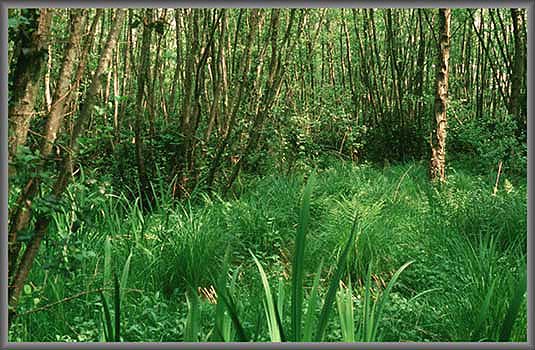The area was the first “Area Naturale Protetta d’Interesse Locale” (Protected Nature Area of Local Interest) of the Region of Tuscany, established in November, 1995, under the Resolution of the Council of the Commune of Bientina.
It originally covered 22 hectares of the Tanali Wood reclamation area and was extended in April 1998 to include the wet meadows and cultivated areas surrounding the wood, giving a total of approximately 153 hectares.
In 2010, the Province of Pisa acknowledged the importance of the area and instituted a Nature Reserve along the same ANPIL perimeter. Situated on the administrative boundary of the Province of Pisa, in collaboration with Legambiente Valdera and the WWF, it has been attempted to establish a working partnership with other areas in the provinces of Lucca, such as the WWF Reserve of Bottaccio della Visona and the protected area of Pollino, in order to offer more shelter and stop-over opportunities for the many migratory species which use the Bientina Marshes during their migration.
The Administration of the Commune of Bientina is directly responsible for the management of the area by means of a Management Committee and Council of Associations, which identify the criteria and guide lines for managerial intervention, education and control.
The administration has stipulated a convention with Legambiente Valdera for organising environmental education and for monitoring the flora and fauna, whilst maintenance works regarding the structure for visits have been entrusted to co-operatives working in the social sector.
Access to the area, where hunting is prohibited, is open all year. Visitors are requested to use the habitat correctly and not cause damage to the flora and fauna, to keep to the paths and tracks shown on the map, not to use motorised transport, to keep any noise to a minimum and not to take dogs so as not to disturb the animals, not to pick flowers and take care not to damage the vegetation, to use the appropriate hides for observing the fauna in the knowledge that they have been constructed for the purpose of keeping disturbance in the protected area to a minimum.




